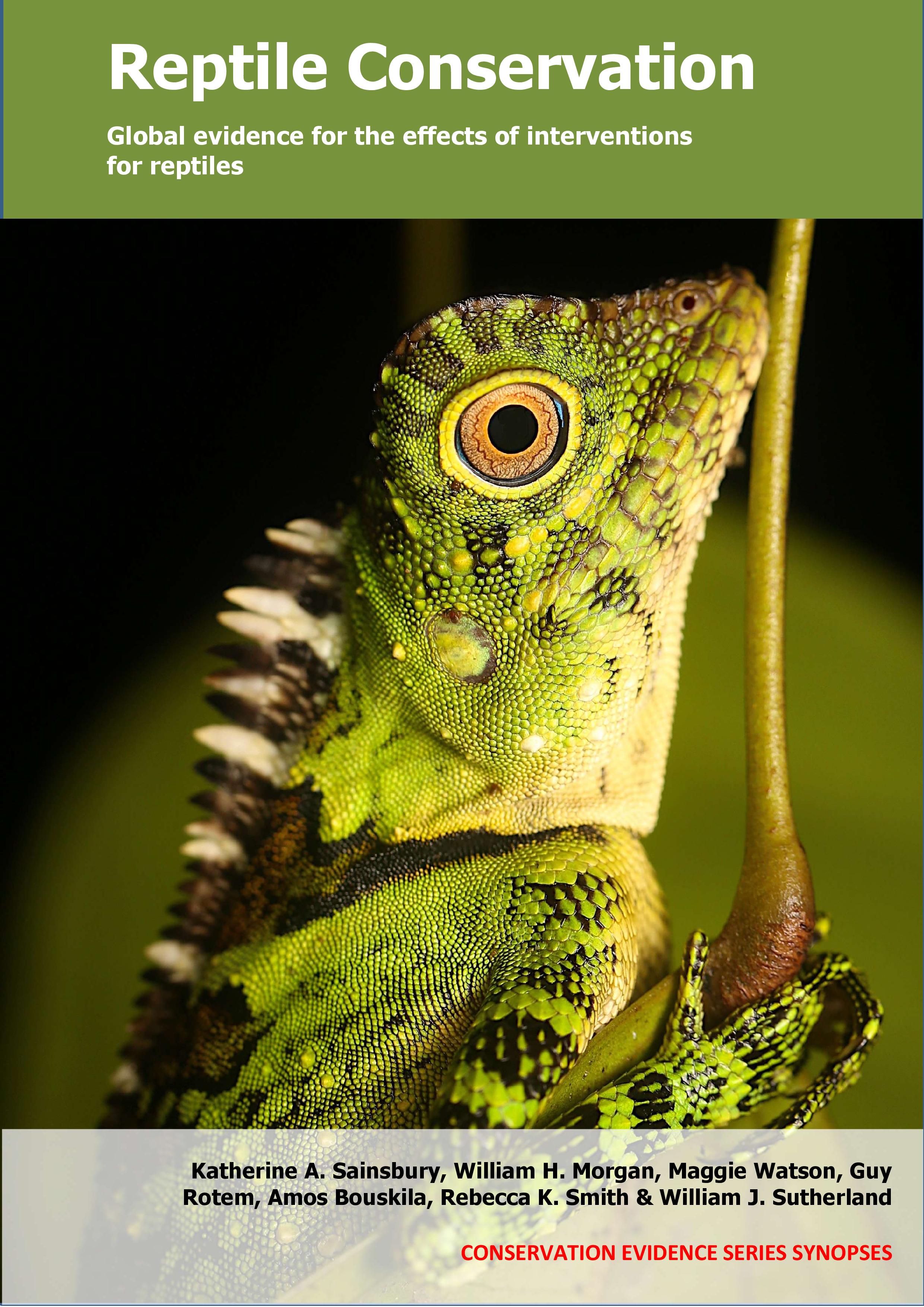Breed reptiles in captivity: Sea turtles
-
Overall effectiveness category Awaiting assessment
-
Number of studies: 2
View assessment score
Hide assessment score
How is the evidence assessed?
-
Effectiveness
not assessed -
Certainty
not assessed -
Harms
not assessed
Study locations
Supporting evidence from individual studies
A replicated, controlled study in 1969–1973 in a captive breeding facility and several sandy beaches in the Cayman Islands, Costa Rica, Surinam and Ascension Island (Simon et al. 1975) found that green turtles Chelonia mydas bred successfully in captivity, but hatching success was generally lower and numbers of infertile eggs higher compared to eggs taken from natural nests. Hatching success for artificially-incubated, captive-laid eggs was 42% (4,800 of 11,300 eggs) compared to 78% (76,000 of 97,300) for artificially-incubated wild-collected eggs and 88% (388 of 442) for undiscovered captive-laid eggs that incubated naturally in the breeding enclosure (result was not statistically tested). Overall, more captive-laid, artificially-incubated turtle eggs were infertile (5,800 of 11,300, 52%) than wild-collected eggs (17,500 of 97,300, 18%). By 1973, a captive facility with a sea-water breeding pool (61 x 27 m) and artificial sandy beach was stocked with 257 green turtles (captive-reared and wild-caught). Eggs laid in nests on the artificial beach (11,300 total eggs) and eggs laid in the wild in natural nests (17,500) on several beaches were collected and incubated in Styrofoam boxes (100 eggs/box, layered with muslin cloth and sand). Average incubation temperature was 28°C. Hatching success from all artificially-incubated eggs and eggs from four undiscovered captive-laid nests (442 total eggs) was evaluated after emergence.
Study and other actions testedA study in 2015–2017 on Okinawa Island, Japan (Kawazu et al. 2018) found that a pair of black turtles Chelonia agassizii bred successfully two years after being moved into a shared enclosure, though hatching success was low. In 2017, a female produced five clutches of eggs, with an average of 45 eggs/clutch. Average hatching success for three clutches laid on land was 12% and incubation periods were 52–57 days. A further two clutches were laid in the water and all eggs were lost. A male and female turtle were acquired in 1999 and 2009 respectively. In 2015, they were both introduced to an outdoor tank (3.5 x 2.2 m) with an open water system. During the nesting season (May–August), the female was moved to a holding tank (17 x 11 x 2 m) that had an open water system and a sandy nesting area. Eggs were collected and moved to a hatchery, where sand temperatures ranged from 27–32°C.
Study and other actions tested
Where has this evidence come from?
List of journals searched by synopsis
All the journals searched for all synopses
This Action forms part of the Action Synopsis:
Reptile Conservation
Reptile Conservation - Published 2021
Reptile synopsis





)_2023.JPG)














